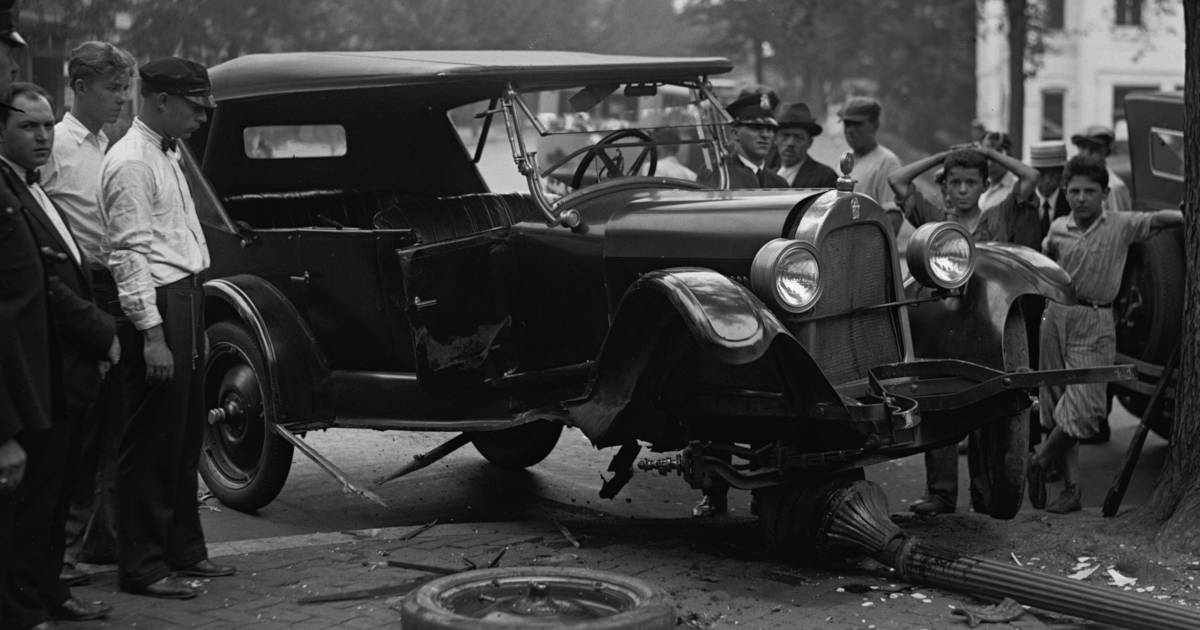SWITRS: On What Days Do Drivers Hit Pedestrians?

It has been a while since I have used the SWITRS data to look at vehicle collisions in California. Since my last article—On What Days Do Cyclists Crash?—we have lived through a massive pandemic that significantly changed how people drive, including a huge increase to fatalities and changing what type of drivers have crashes.
So with all the new data, I wanted to look at the most vulnerable road users: pedestrians.
As per usual, the Jupyter notebook used to perform this analysis can be found here (rendered on Github).
Data Selection
I selected crashes involving pedestrians from the SQLite database with the following query:
SELECT collision_date
, collision_time
, pedestrian_killed_count
FROM collisions
WHERE collision_date IS NOT NULL
AND pedestrian_Collision = 1 -- Involves a pedestrian
AND collision_date <= '2020-12-31' -- 2021 is incomplete
This gave me 282,039 data points to examine spanning the years 2001 through 2020. Incidents after 2020 are rejected because the database dump comes from mid-2021, and so that year is incomplete.
Crashes per Week
For bicycle involved incidents, I found there was an increase from about 2008 through 2013 followed by a decrease. For both bicycles as well as motorcycles, I found strong seasonality with many more crashes during the summer when people are out riding to take advantage of the weather. Pedestrian involved incidents defy both these trends:
Pedestrian involved incidents were flat or slightly down until about 2013, when instead of decreasing like bicycle collisions they increased strongly. Like both bicycles and motorcycle crashes, pedestrian incidents are strongly seasonal but they decrease in the summer (when there is a lot of light for drivers to see pedestrians) and increase in the winter when it gets dark early and drivers can’t see them. Of course there is also a massive decrease when COVID restrictions kept most people home starting in March 2020.
Day-by-day
Cars are involved in crashes on days when drivers have to commute to work and on holidays where people travel. The worst day is Halloween when people work and then go out and have fun after. I was curious if the large increase on Halloween was due to a large increase in pedestrian collisions; the answer is no:
On Halloween, drivers are more likely to hit pedestrians than on any other day of the year. But its only about 15 to 20 more incidents than on any other October day, and there are almost 200 additional car crashes on Halloween. The number of additional pedestrian incidents does not account for much of the increase in car crashes. For a more detailed analysis of pedestrian collisions on Halloween, check out my other post.
Otherwise there are some interesting patterns. Many holidays trend the same direction as cars: New Years, Memorial Day, Veterans Day, Thanksgiving, and Christmas all see a large reduction in both car crashes and pedestrian incidents. Halloween, as covered above, sees a large increase in both.
One outlier is the 4th of July. Car crashes decrease because people do not have to commute, but pedestrian incidents increase. I think this is because people are walking around in the dark going to and coming back from watching fireworks, and drivers have trouble seeing them.
Hour-by-hour
Finally we can look at when cars hit pedestrians by hour and whether it is a weekend or not:
The most striking feature is the large increase in the number of incidents during the morning commute (07–09) and again in the during the evening commute (17–19)! Commuters in cars are dangerous to pedestrians!
There is also an increase in incidents on both weekends and weekdays at about 17:00. This is probably because that is around sunset.1
The weekend curve rises smoothly through the day, but the weekday curve has a large increase at 14. I suspect this is from school pickup which is generally earlier than the commute.
Finally, it is interesting that the number of late night and early morning incidents is much higher on the weekend. This is likely due to people going out to bars, as the number drops off at 02:00 which is when the bars close in California.
-
This dataset covers the whole year so the exact time of sunset changes. It would be interesting to make a similar chart but relative to sunrise and sunset. ↩